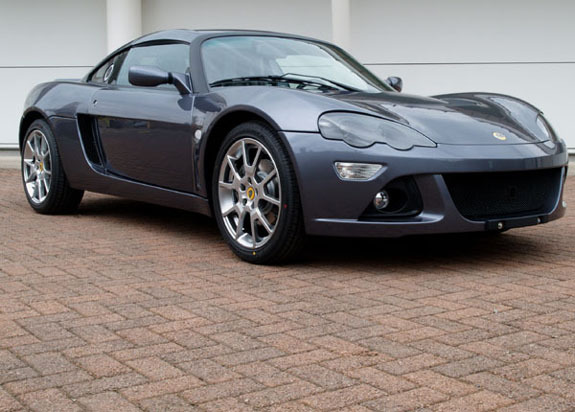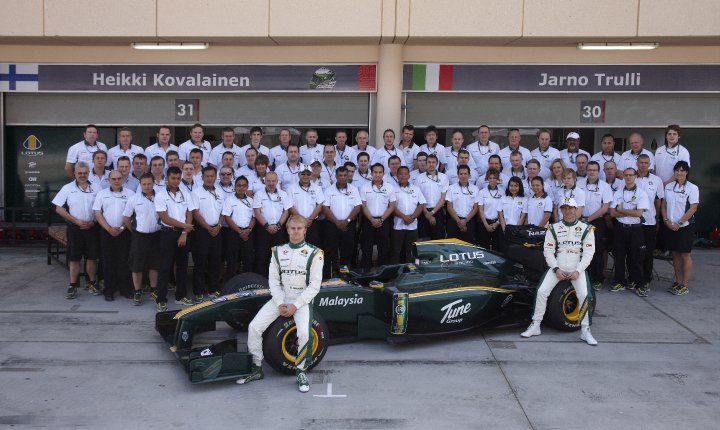The original Europa used Lotus founder Colin Chapman's minimalist steel backbone chassis that was first used in the Lotus Elan, while also relying on its fibreglass moulded body for structural strength. The Europa was based on a prototype built to compete for Henry Ford II's contract to build a Le Mans race car in the early 1960s.[citation needed]

THE NEW Lotus Europa is
The Europa was designed and built to be an embodiment of Chapman's oft-stated philosophy of automotive design: "Simplify, then add lightness."

1974 Lotus Europa
The four-wheel independent suspension was typical of Chapman's thinking. The rear suspension was a modified Chapman strut, as used for Chapman's earlier Formula racing car designs. Owing to the rubber suspension bushes used to isolate engine vibration from the car body, the true Chapman strut's use of the drive shaft as the lower locating link could not be used for the precise track and handling desired. The forward radius arms were thus increased in size and rigidity, to act as a semi-wishbone. A careful compromise between bush isolation and handling was required, culminating eventually in a sandwich bush that was flexible against shear but stiff in compression and tension. The car's handling prompted automotive writers to describe the Europa as the nearest thing to a Formula car for the road.[citation needed] Aside from the doors, bonnet (hood), and boot (trunk), the body was moulded as a single unit of fibreglass.

Lotus Europa S

Lotus Europa

Lotus Europa

2010 Lotus Returns to Formula

THE NEW Lotus Europa is
The Europa was designed and built to be an embodiment of Chapman's oft-stated philosophy of automotive design: "Simplify, then add lightness."

1974 Lotus Europa
The four-wheel independent suspension was typical of Chapman's thinking. The rear suspension was a modified Chapman strut, as used for Chapman's earlier Formula racing car designs. Owing to the rubber suspension bushes used to isolate engine vibration from the car body, the true Chapman strut's use of the drive shaft as the lower locating link could not be used for the precise track and handling desired. The forward radius arms were thus increased in size and rigidity, to act as a semi-wishbone. A careful compromise between bush isolation and handling was required, culminating eventually in a sandwich bush that was flexible against shear but stiff in compression and tension. The car's handling prompted automotive writers to describe the Europa as the nearest thing to a Formula car for the road.[citation needed] Aside from the doors, bonnet (hood), and boot (trunk), the body was moulded as a single unit of fibreglass.

Lotus Europa S

Lotus Europa

Lotus Europa

2010 Lotus Returns to Formula
No comments:
Post a Comment